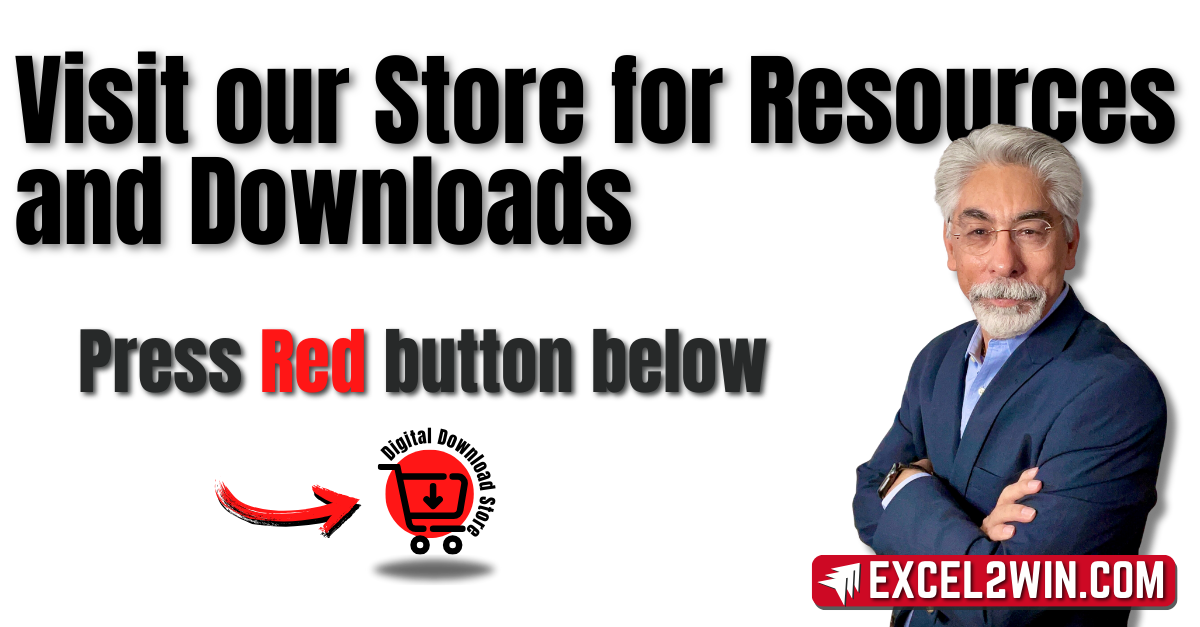The Invisible Ceiling: Why Your Leadership Growth Is Stalling
“The only limit to our realization of tomorrow will be our doubts of today.” - Franklin D. Roosevelt.
You’re doing all the right things. You show up early, meet every deadline, and your team knows they can count on you. When people describe you, words like reliable, hardworking, and dependable come up often. But when leadership opportunities arise, you’re somehow overlooked.
You start to wonder: What am I missing?
This is a common but rarely discussed moment in a professional’s journey. It’s what I call hitting the “invisible ceiling.” You’ve done everything asked of you. You’ve mastered your current role. However, the next step, a promotion or leadership role, remains just out of reach.
This blog kicks off a four-part series designed to help you break through that ceiling. Whether you’re a team lead looking to step into a management role or a high-performer ready to lead at the next level, this series will help you understand where growth stalls and how to move forward with confidence.
Why Being Great at Your Job Isn’t Enough
Here’s a hard truth: doing your job well is expected. It’s not a promotion strategy. Many professionals believe that excellence in their current role will naturally lead to advancement. But leadership requires a shift in mindset and behavior—one that goes beyond task execution.
You need to stop thinking like a top performer and start thinking like a leader.
That means looking beyond your success and asking how you can help your team succeed. It means demonstrating that you can think strategically, solve broader problems, and influence people, even without formal authority. Those are the signals leaders look for when deciding who is ready for more.
Where People Often Get Stuck
Let’s look at two of the most common leadership development failures—and how to start overcoming them.
1. Staying in Your Comfort Zone
It’s easy to stick with what you know. After all, you’re good at it. But staying in your comfort zone sends a message: “I’m not ready for more.”
If you want to grow, you need to challenge yourself. That means raising your hand for projects that scare you a little. It means asking to sit in on meetings that go beyond your department. And it means taking initiative on problems you weren’t explicitly asked to solve.
These small risks signal to others that you’re thinking ahead, not just keeping pace.
Try this: Pick one project outside your usual responsibilities and ask to get involved. Even if you only support in a small way, it shows initiative.
2. Waiting for Permission to Lead
Another trap is waiting for someone to give you the title of “leader” before you act like one. But leadership isn’t a role you get—it’s a behavior you show.
Some of the most respected leaders earned that respect long before their official title changed. They are led by helping others, taking ownership, and offering solutions. They stood out because they acted like leaders before they were appointed as such.
How to Start Leading Now:
Mentor a newer colleague or intern. Even casual guidance builds leadership muscle.
Volunteer to lead part of a team meeting. Prepare, deliver with clarity, and follow up.
If your team is facing a recurring problem, outline a simple fix and offer to implement it.
These steps are not just about being helpful. They’re about showing others that you don’t wait to be told what to do. You lead by example.
What’s Next in the Series
In the coming weeks, we’ll dive into the three other areas where leadership growth often gets stuck:
Part 2 (July 14): Why Feedback Isn’t Fueling Your Growth
Part 3 (July 21): Thinking Too Small – The Trap of Tactical Leadership
Part 4 (July 28): The Lone Wolf Lie – Why Leadership Isn’t a Solo Climb
Each post will unpack a common misstep and provide practical strategies you can use right away. Together, these lessons will give you a blueprint for your next leadership leap.
Take the Next Step
Starting today, take one step outside your comfort zone. Offer help on a new project, propose a small idea to improve your team’s workflow, or simply ask your leader what the business needs most right now. The goal is not to be perfect—it’s to be intentional.
To keep growing, subscribe to the EXCEL2WIN Leadership Newsletter. It’s packed with over 120 leadership development articles, drawn from my 45+ years of experience in corporate leadership. You’ll get practical, experience-driven insights delivered free to your inbox each week.
Also, check out the Digital Download Store, where you’ll find tools like leadership workbooks, PDFs, and ebooks—many of which are free. These resources are designed to help you take action, reflect more deeply, and move forward more quickly.
The next level is within reach. You just have to start moving toward it. Join me next Monday for Part 2, and let’s grow together.
If there’s one book I keep coming back to—and yes, I’ve reviewed it before—it’s Atomic Habits by James Clear. And for good reason. This powerhouse of a read strips away the fluff and gets straight to the truth: small, consistent changes create big, lasting results. Whether you're trying to break through the "invisible ceiling" in your career or finally step into leadership, Clear’s message couldn’t be more timely.
In Atomic Habits, you’ll learn how to build good habits by mastering the cue-craving-response-reward cycle, and more importantly, how to break the bad ones holding you back. The real gold lies in its simplicity. You don’t need to overhaul your life—you just need to get 1% better every day.
That’s exactly what we talked about in this week’s article: leadership doesn’t start with a title; it starts with behavior. Clear’s strategies give you a toolkit for showing up as a leader today, not someday.
If you haven’t picked up this book yet, now’s the time. Grab your copy of Atomic Habits wherever you get your books—and don’t forget to subscribe to the EXCEL2WIN Leadership Newsletter for more practical tools and insights delivered straight to your inbox.






